Cobra MR HH150 FLT Bruksanvisning
Läs gratis den bruksanvisning för Cobra MR HH150 FLT (31 sidor) i kategorin Radio. Guiden har ansetts hjälpsam av 27 personer och har ett genomsnittsbetyg på 4.0 stjärnor baserat på 14 recensioner. Har du en fråga om Cobra MR HH150 FLT eller vill du ställa frågor till andra användare av produkten? Ställ en fråga
Sida 1/31

A1 English
Our Thanks to You and
Customer Assistance
Introduction
Nothing Comes Close to a Cobra
® English
Our Thanks to You •
Thank you for purchasing a CobraMarine
®
VHF radio.
Properly used, this Cobra® product will give you
many years of reliable service.
How Your CobraMarine VHF Radio Works
This radio is a battery-powered portable transceiver for use afloat. It gives you
two-way vessel-to-vessel and vessel-to-shore station communications, primarily
for safety and secondarily for navigation and operational purposes. With it, you
can call for help, get information from other boaters, talk to lock or bridge tenders,
and make radiotelephone calls to anywhere in the world through a marine operator.
Besides two-way communications, the radio can provide quick access to receive
all the NOAA (National Oceanographic and Atmospheric Administration) weather
channels and alert you to weather emergencies with a tone on a weather channel you
can tune in for your area.
Customer Assistance •
Should you encounter any problems with this product, or not understand
its many features, please refer to this owner’s manual. If you require further
assistance after reading this manual, Cobra Electronics offers the following customer
assistance services:
For Assistance in the U.S.A.
Automated Help Desk English only.
24 hours a day, 7 days a week 773-889-3087 (phone).
Customer Assistance Operators English only.
8:00 a.m. to 5:30 p.m. Easternl Time Mon. through Fri.
(except holidays) 773-889-3087.
Technical Assistance English only.
www.cobra.com (on-line: Frequently Asked Questions).
English only: productinfo@cobra.com (e-mail).
For Assistance Outside the U.S.A.
Contact Your Local Cobra Dealer
Customer Assistance
©2019 Cobra Electronics Corporation™
6500 West Cortland Street
Chicago, Illinois 60707 USA
www.cobra.com
Produktspecifikationer
| Varumärke: | Cobra |
| Kategori: | Radio |
| Modell: | MR HH150 FLT |
Behöver du hjälp?
Om du behöver hjälp med Cobra MR HH150 FLT ställ en fråga nedan och andra användare kommer att svara dig
Radio Cobra Manualer

24 September 2024

17 September 2024

3 September 2024

3 September 2024

31 Augusti 2024

29 Augusti 2024

29 Augusti 2024

29 Augusti 2024

25 Augusti 2024

25 Augusti 2024
Radio Manualer
- Hyundai
- Emerson
- Uniden
- Geneva
- Bigben Interactive
- Nordmende
- Schneider
- Switel
- Envivo
- Timex
- Sang
- Xhdata
- ECG
- Pioneer
- Scott
Nyaste Radio Manualer
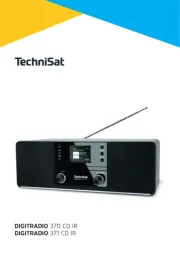
21 Oktober 2025
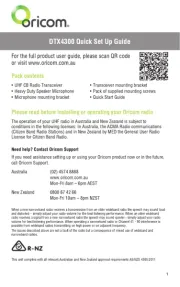
19 Oktober 2025
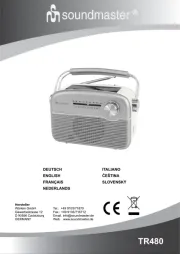
19 Oktober 2025
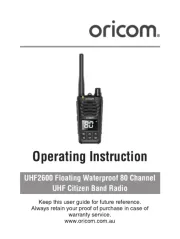
19 Oktober 2025
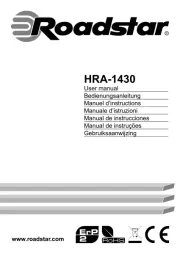
18 Oktober 2025
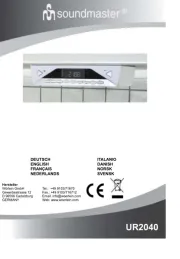
18 Oktober 2025
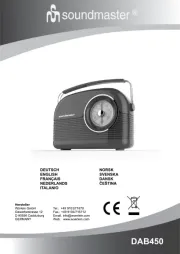
18 Oktober 2025
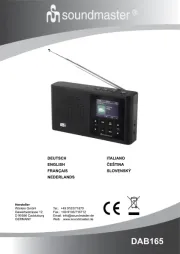
18 Oktober 2025
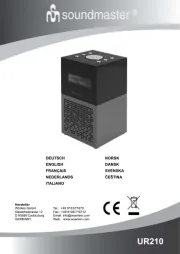
18 Oktober 2025
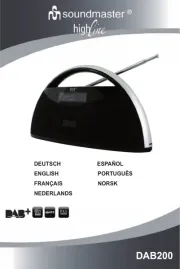
18 Oktober 2025